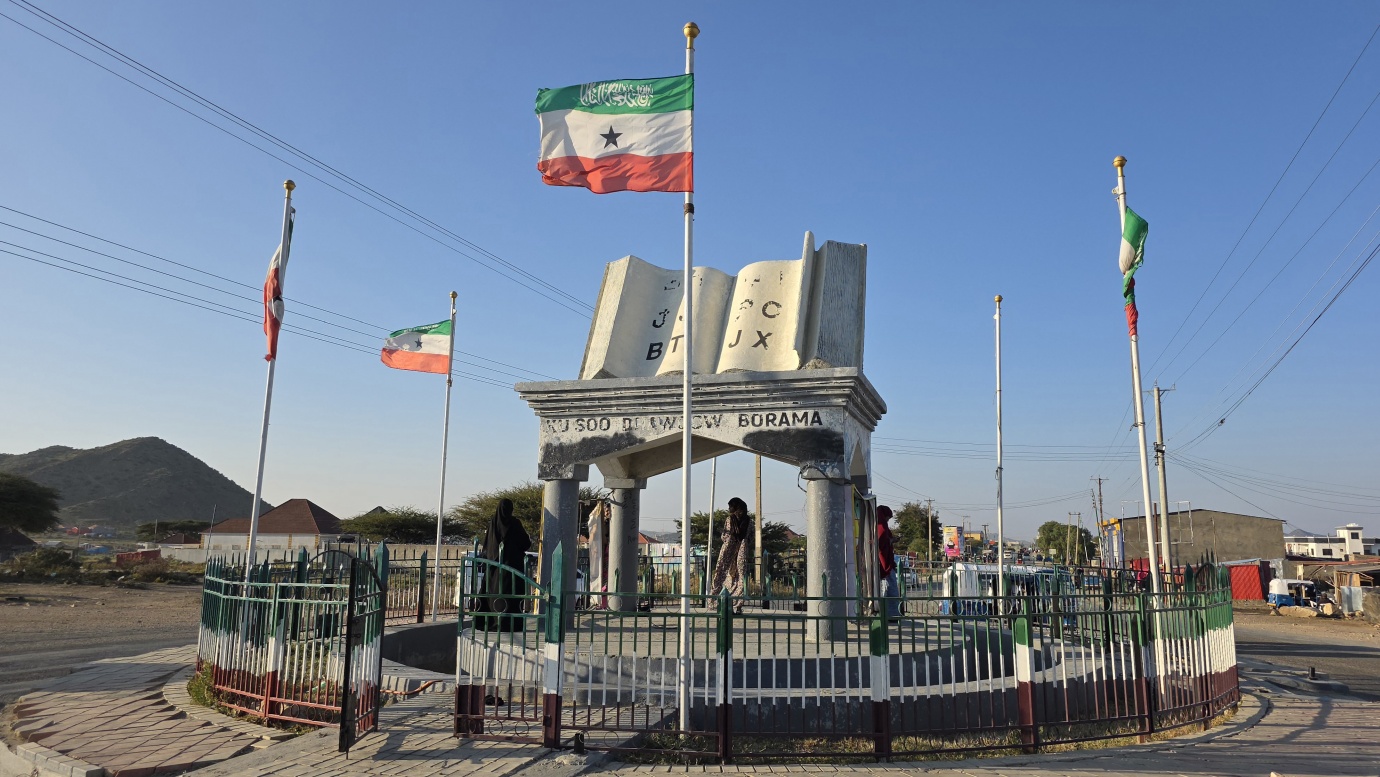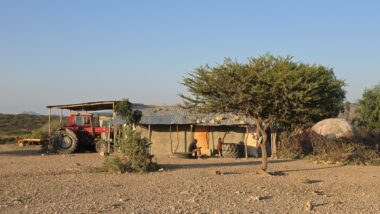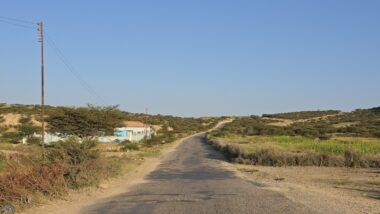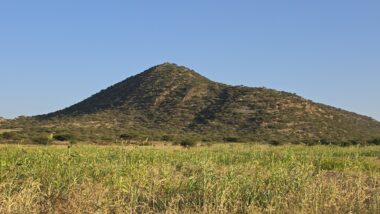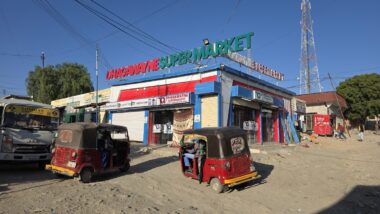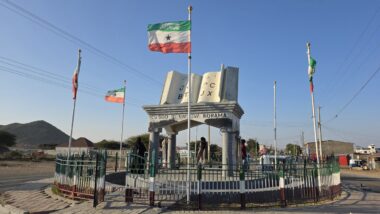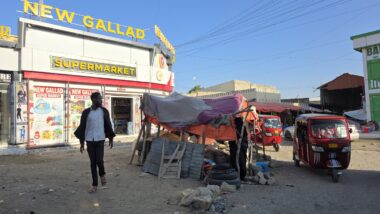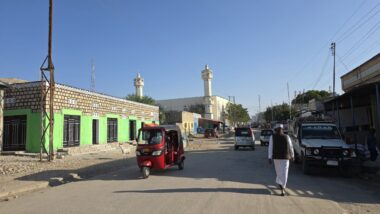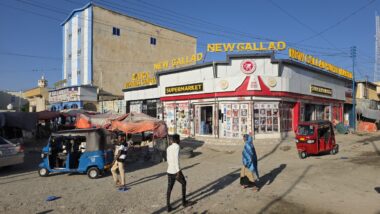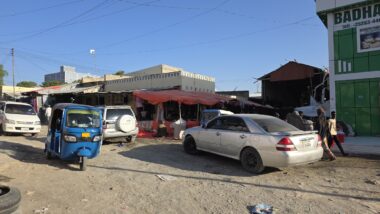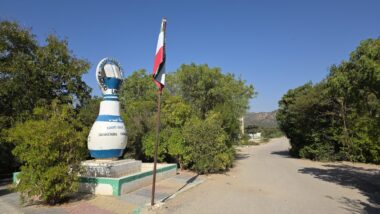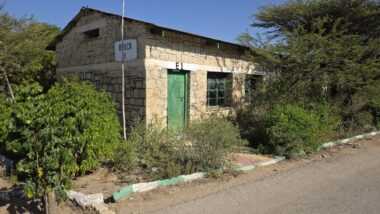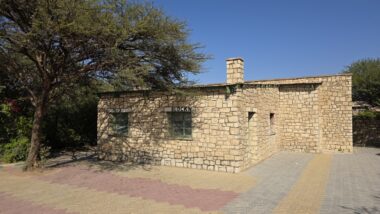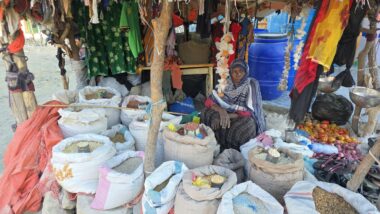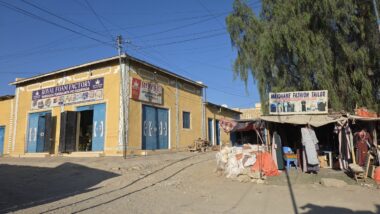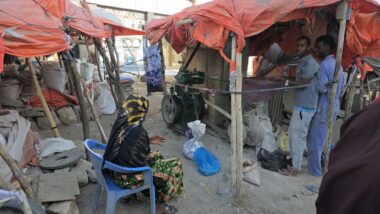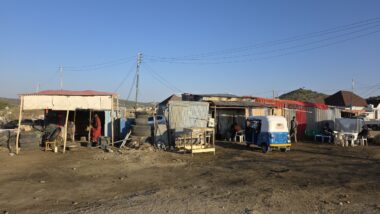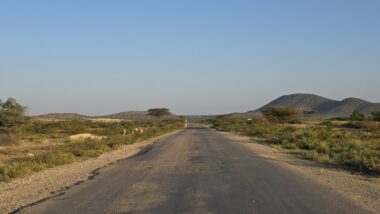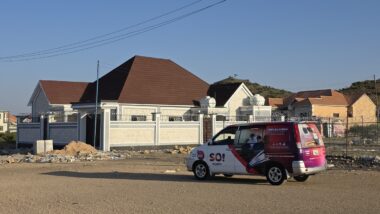Our first excursion brought us to Borama, located in mountainous terrain at an elevation of 1,467 meters. We drove there on good tarmac through several easy checkpoints. This location, with fertile land close to the Ethiopian border, has created a green environment that stands out against the largely arid countryside. The region features green meadows, fields, and abundant trees, including banana and hibiscus.
We explored local markets and visited Amoud University, the first university in Somaliland. Borama was once the capital of the Adal Sultanate. This powerful kingdom ruled parts of the region between the 15th and 17th centuries. It served as a crucial stop on caravan routes linking the Indian Ocean to the Horn of Africa. Borama’s history is marked by its establishment as part of the British Somaliland Protectorate, with the modern town founded in 1921.
The city was deeply affected by the Somali Civil War in the late 20th century. Unlike many other areas, Borama maintained a degree of stability and self-governance after the collapse of the central government in 1991. It became the first area in Somaliland to adopt a self-help scheme, demonstrating strong community organising. Following independence, it became a crucial educational hub and, despite the Somali Civil War, it survived and thrived, becoming a cosmopolitan centre of higher education.


